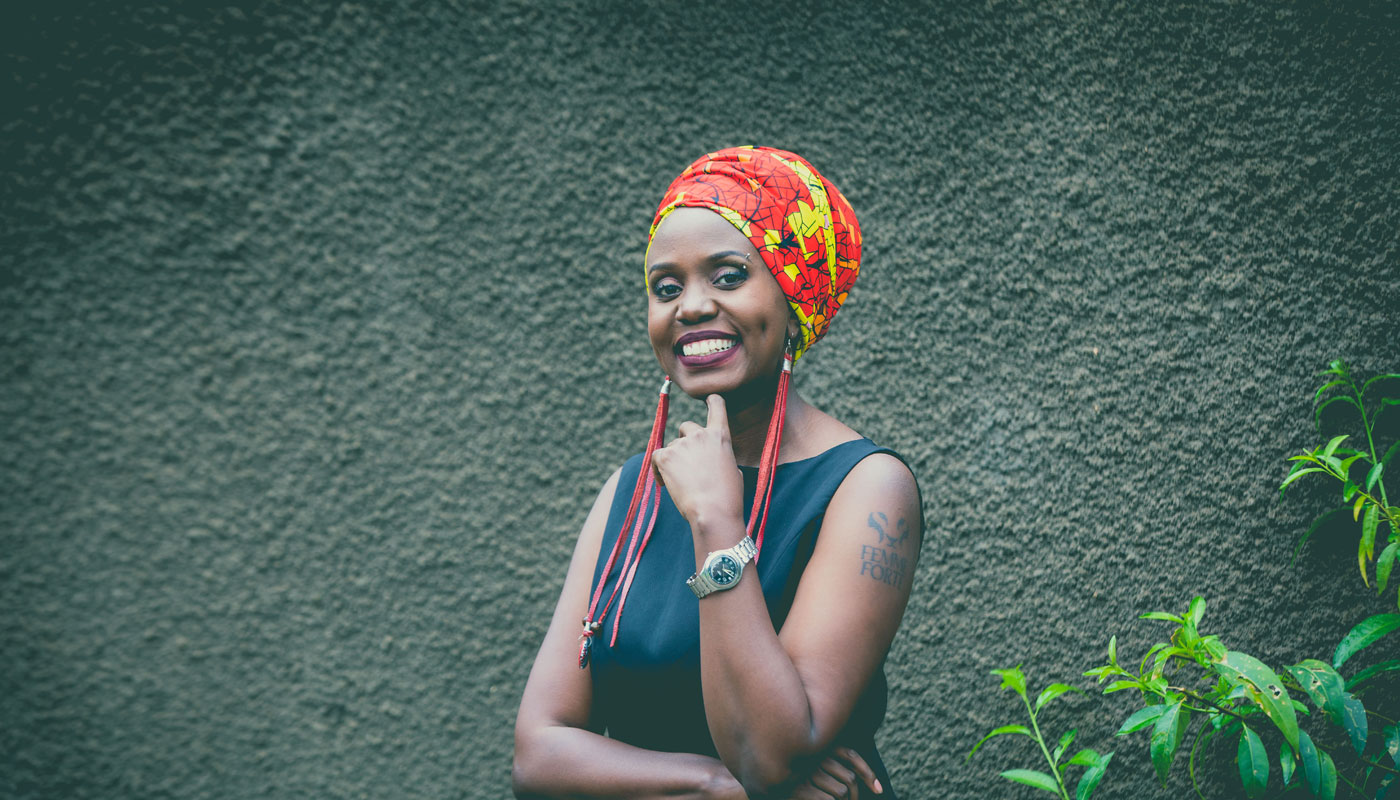
When we think of African fashion, we’re not merely talking about clothing; we’re delving into a rich and diverse cultural tapestry that spans centuries and continents. The term “African fashion” is both a misnomer and an oversimplification. Let’s explore the nuances and vibrancy of this industry.
Africa, with its 11 million+ square miles of land, 53 states, and 1.4 billion people, defies easy categorization. From the flowing robes of North African barbers and Bedouins to the painted bodies and ornate hair of the Samburu, African fashion encompasses a kaleidoscope of styles and expressions.
Rather than confining it to a single phrase, I prefer to call it “African inspired fashion.” This term acknowledges the continent’s rich history of empires, exploration, and creativity, as well as the darker aspects of exploitation and appropriation.

A quick Google search for “African fashion” yields a plethora of results featuring batik or kitenge-inspired Western-style outfits. These designs often cater to global preferences, but they represent only a narrow slice of Africa’s sartorial diversity.
Historically, African adornment was practical, localized, and sustainable. Clothing covered essential parts of the body, crafted from readily available materials. Victorian-era frills and layers were absent; instead, ornamentation served specific purposes.
Ornamentation in African cultures went beyond aesthetics. It denoted social standing—single men and women versus married individuals or the elderly. These adornments provided social cues and played ceremonial roles during rites and celebrations.

Tokens, talismans, and individual expressions were woven into the fabric of African life. Consider the intricate hair plaiting of African women—an art form that transcends mere beauty.
Today, African fashion stands as a low-key act of defiance against pre- and post-colonial histories. While fabrics may be manufactured in China and designs appropriated, the flair and vibe remain undeniably African. It’s a celebration of joie de vivre—a spirit that once captivated early explorers.
Diversity defines African fashion. From the pride of Congolese sapeurs to Ethiopia’s unique cotton-woven dresses, from the Zulu’s erotic flamboyance to the Sahara’s muted earth tones, each expression adds to the vibrant mosaic.

Despite colonial oppression and deliberate efforts to erase it, African fashion persists. Young designers reinterpret tradition, breathing new life into age-old motifs. The industry thrives, weaving threads of resilience and creativity into the fabric of Africa’s identity.
So next time you encounter African-inspired fashion, remember—it’s more than clothing; it’s a testament to a continent’s enduring spirit and boundless creativity.

